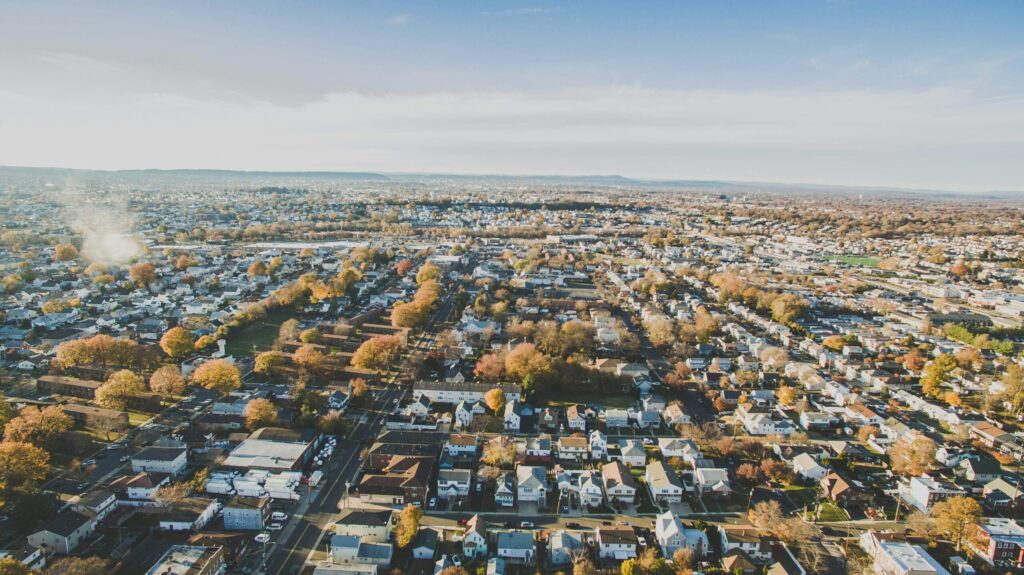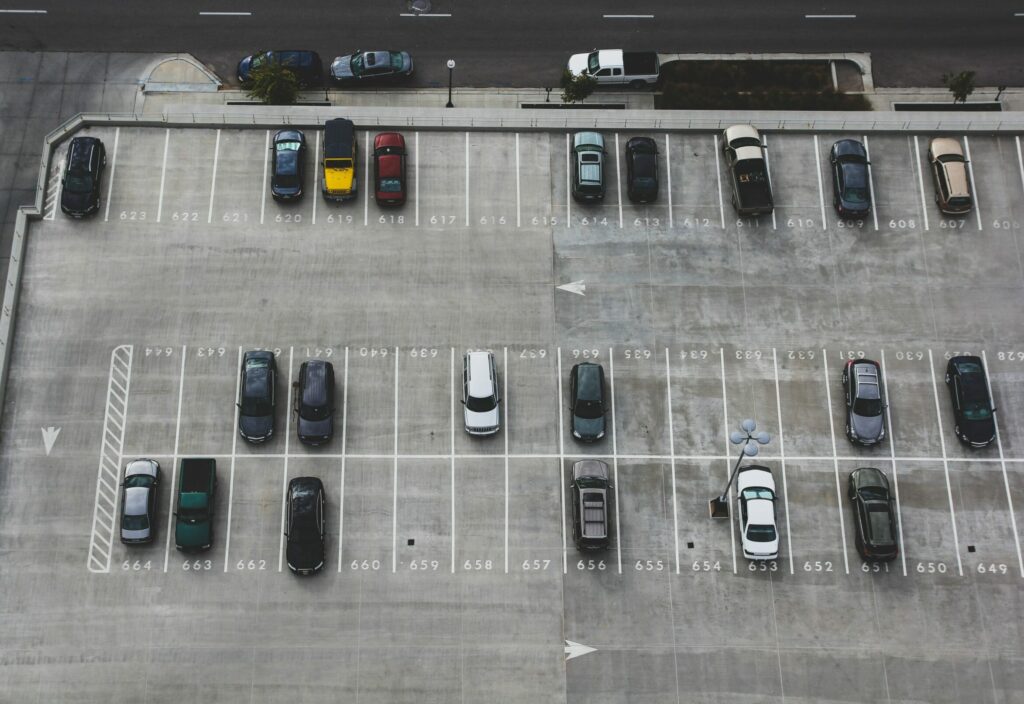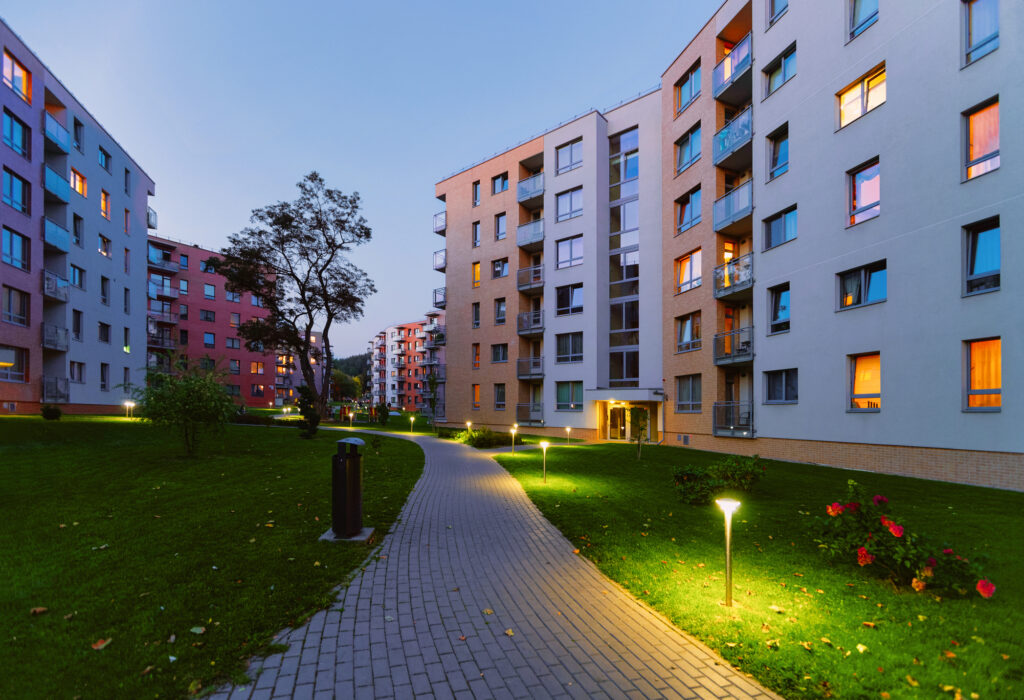New Jersey
Overview
Like many other parts of the country, New Jersey’s growth has resulted in significant housing affordability challenges. Combatting housing affordability issues in the state will require effective solutions that address the needs of all New Jersey residents.
New Jersey is home to over 9.2 million people.
More than 1.2 million New Jersey residents call an apartment home, with demand on the rise.
72% of low-income renters spend more than half of their income on housing.

Legal Landscape
The state of New Jersey does not preempt cities and towns from implementing rent control, nor does it have a law controlling or governing rent increases or rent leveling. Municipalities within the state can adopt an ordinance controlling rent increases.
CONTINUE PREEMPTION
REJECT PRICE CONTROLS
Alternative Approaches
Many states have adopted programs and initiatives to tackle the affordability crisis. In New Jersey, policymakers and the housing industry have made concerted efforts to address the problem. Examples include:
Through the Homelessness Prevention Program, the State of New Jersey provides limited financial assistance to tenants facing eviction due to temporary financial crisis. The funding is allocated to nonprofit agencies across the state to provide assistance to low and moderate income households.
The New Jersey Affordable Housing Trust Fund (previously known as the New Jersey Balanced Housing Program) provided municipalities, nonprofit organizations, and for-profit developers with financial assistance to develop affordable housing. The funding served primarily as gap financing when other public subsidies and private financing was insufficient. Eligible activities included rehabilitation, creation of accessory apartments, conversion of nonresidential space to housing, acquisition of property, and grants to municipalities to study housing need. Local housing authorities were also eligible for assistance with rehabilitation for existing housing. A maximum of $6 million per project is available. This program was inactive for some time and is now being used to fund SRAP and various other housing programs.
The State Rental Assistance Program (SRAP) is available to state residents that are not currently holders of federal Section 8 vouchers. Twenty-two percent of the funding is set aside for homeless families with children and graduates of transitional housing, and 10% of funding is set aside for individuals with disabilities.







